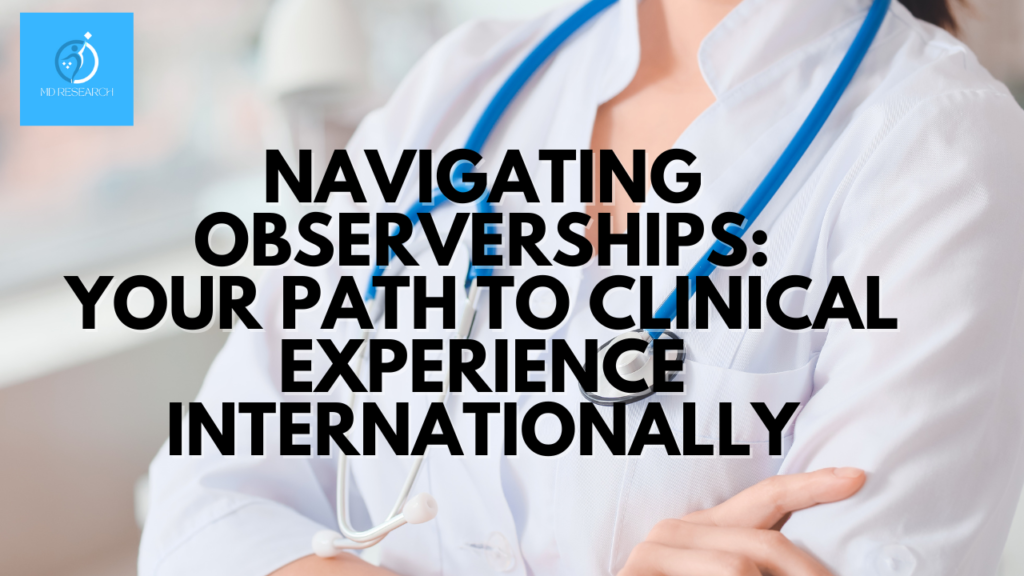Hi everyone! After nearly three months of navigating the intricacies of observerships, my wife and I thought we’d share our experiences to help others in a similar boat. I’m not a medical student; I’m a software engineer in Silicon Valley, and my wife is a doctor from India aiming to apply for residency later this year (2018). I decided to assist her since she was busy with her USMLE steps. Here’s a compilation of how we went about it.
Observerships offer a way to gain clinical experience in the United States, allowing you to shadow physicians without hands-on involvement. You might wonder if it’s okay to shadow someone from your country. It is, as long as the physician is certified by the American Medical Board.
Types of Observerships
Observerships generally fall into two categories: official and non-official.
Official Observerships
Some programs have formal application processes with set fees and deadlines. Others may require you to find a faculty sponsor.
Non-Official Observerships
Many programs don’t have official observership programs. In these cases, you’ll need to find a faculty sponsor, which can be more time-consuming but has advantages.
Mediatories and Agencies
Some agencies offer to arrange observerships for a fee. We didn’t explore this option much, preferring control over where we’d do the observership.
Differences Between Official and Non-Official Observerships
Program Fees:
- Official programs usually have fees, while non-official ones may not.
Application Fee:
- Some official programs require an application fee, while non-official ones often don’t.
Availability:
- Official programs have set spots, while non-official ones depend on individual physicians’ availability.
Finding a Faculty Sponsor:
- Official programs may or may not require this, whereas it’s essential for non-official ones.
Letter of Recommendation (LOR):
- Official programs may offer a templated LOR, whereas non-official ones offer personalized ones.
Choosing the Right Option
Decide based on your timeline, financial situation, and willingness to search for a faculty sponsor.
Duration of Observership
Typically four weeks, but can vary. Avoid exceeding three months.
Requirements
Medical graduate, TOEFL sometimes, B1/B2 visa, vaccinations, and possibly LOR from your medical school.
When to Apply
Official programs: 4-6 months ahead; non-official programs: at least 2 months ahead.
Best Way to Reach Out
For official programs, contact the program directly. For non-official programs, contact elective/residency coordinators or use your connections.

